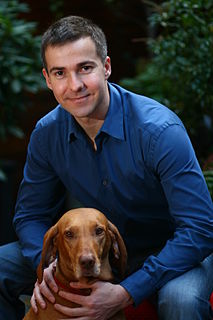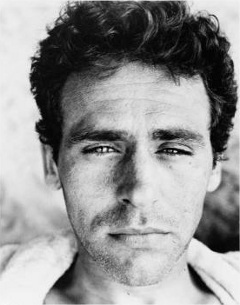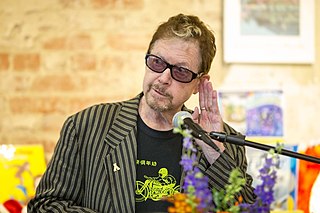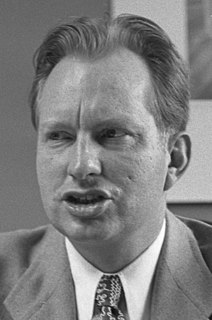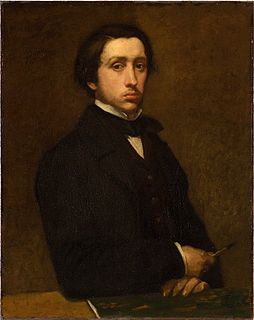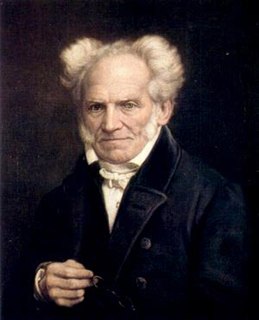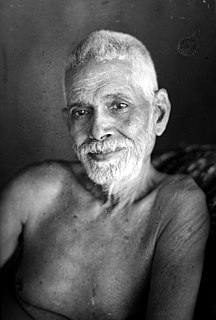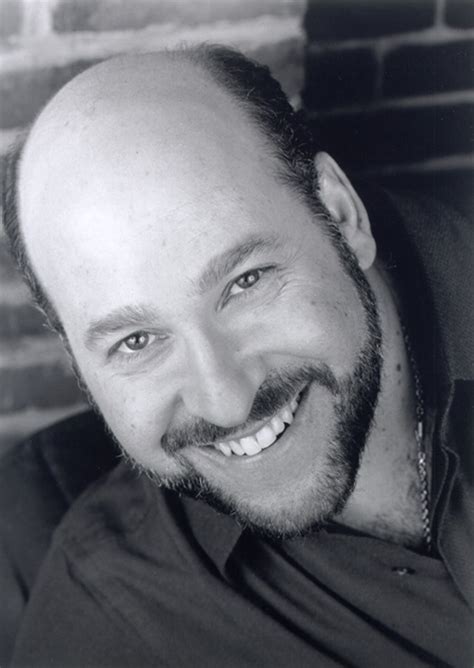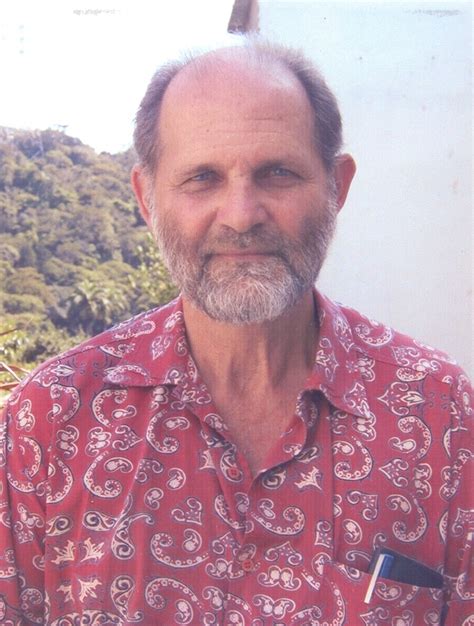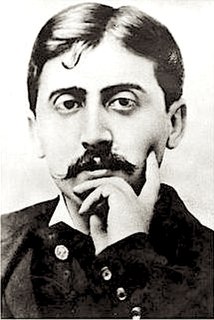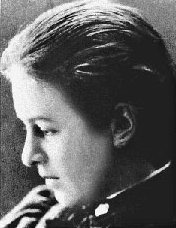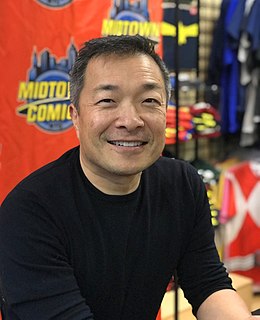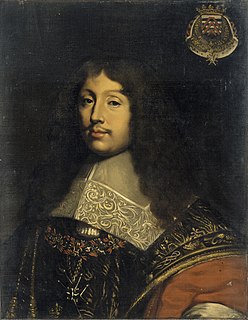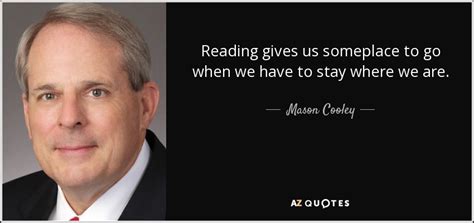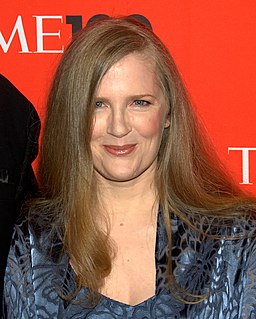Цитата Дэвида Эбершоффа
Художник видит то, чего еще нет. Он или она воображает будущее, которое другие не могут себе представить. Художник — и писатель — перекраивает реальность, делая ее еще более яркой и долговечной.
Связанные цитаты
Если есть вещь, сцена, может быть, образ, который вы очень хотите увидеть, который вам нужно увидеть, но которого нет в окружающем вас мире, по крайней мере, не в том виде, который вы себе представляете, то вы создаете это так, чтобы вы могли посмотреть на это и иметь его рядом, или показать его другим людям, которые не могли себе этого представить, потому что они воспринимают реальность более узким, предсказуемым образом. Вот и все. Это все, что делает художник.
Композитор раскрывает сокровенную природу мира и выражает глубочайшую мудрость на языке, которого не понимает его способность рассуждать, подобно тому как магнетический сомнамбул сообщает сведения о вещах, о которых он не имеет представления, когда бодрствует. Поэтому в композиторе, более чем в каком-либо другом художнике, человек совершенно обособлен и отличен от художника.
Художник рисует не то, что он видит, а то, что он должен заставить увидеть других. Только когда он уже не знает, что он делает, художник делает хорошие вещи. Картина есть прежде всего продукт воображения художника; это никогда не должно быть копией. Если затем можно добавить два-три натуральных акцента, то, очевидно, это не повредит. Воздух, который мы видим на картинах старых мастеров, никогда не бывает тем воздухом, которым мы дышим.
Выставки искусства меньшинств часто предназначены для того, чтобы само меньшинство лучше осознало свой коллективный опыт. Ожидается, что укрепление общей памяти о несчастьях и триумфах укрепит единство группы и ее решимость добиться лучшего будущего. Но подчеркивание общего опыта, а не самосознания художника (которое включает его личный и неразделенный опыт создания шедевров) выдвигает на первый план напряжение в отдельном художнике между тем, чтобы быть художником и быть художником меньшинства.
И часто тот, кто выбрал судьбу художника, потому что чувствовал себя другим, вскоре понимает, что он не может сохранить ни свое искусство, ни свое отличие, если не признает, что он подобен другим. Художник подделывается под других, на полпути между красотой, без которой он не может обойтись, и обществом, от которого он не может оторваться.
Художник, пожертвовавший часом работы за час разговора с другом, знает, что он жертвует реальностью ради чего-то несуществующего (наши друзья дружат лишь в свете приятного безумия, сопровождающего нас по жизни и по жизни). к чему мы легко приспосабливаемся, но в глубине души знаем, что оно не более разумно, чем заблуждение человека, который разговаривает с мебелью, потому что верит, что она живая.)
